
AUGUST
EDITION 15 |
2022
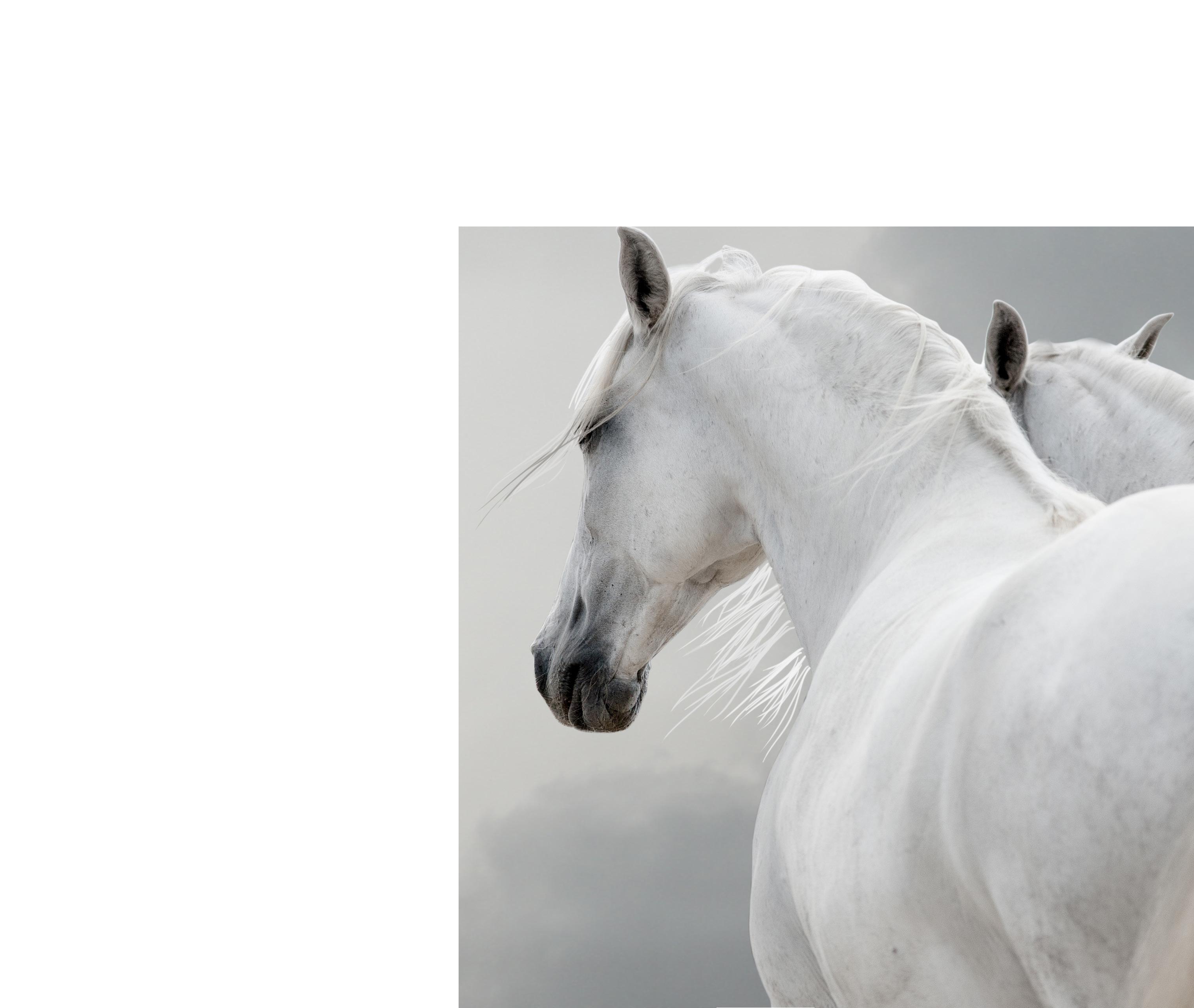
to 40% OFF plus weekly specials
announcements online or enquire in-store about Winter Sale news. T&C’s Apply.
Up
Follow
Hello and welcome to this edition of HQ Pony Magazine,
We’re so happy you’re back for another edition of our favourite magazine ;) !
We wouldn’t have a magazine without our readers, so yay for you!
This issue has plenty of articles and puzzles we’re sure you’ll enjoy, so dive right in.
Also, please don’t forget to send in your photos and letters so we can feature them in upcoming editions. We want to see your ponies!
Until next time, happy horsing!
With much love, Lizzie and the HQ Pony Team xxx
We’d love to hear from you and receive your photos, drawings or pony-related thoughts. To get in touch send an email to lizzie@hqmagazine.co.za and we’ll get back to you!

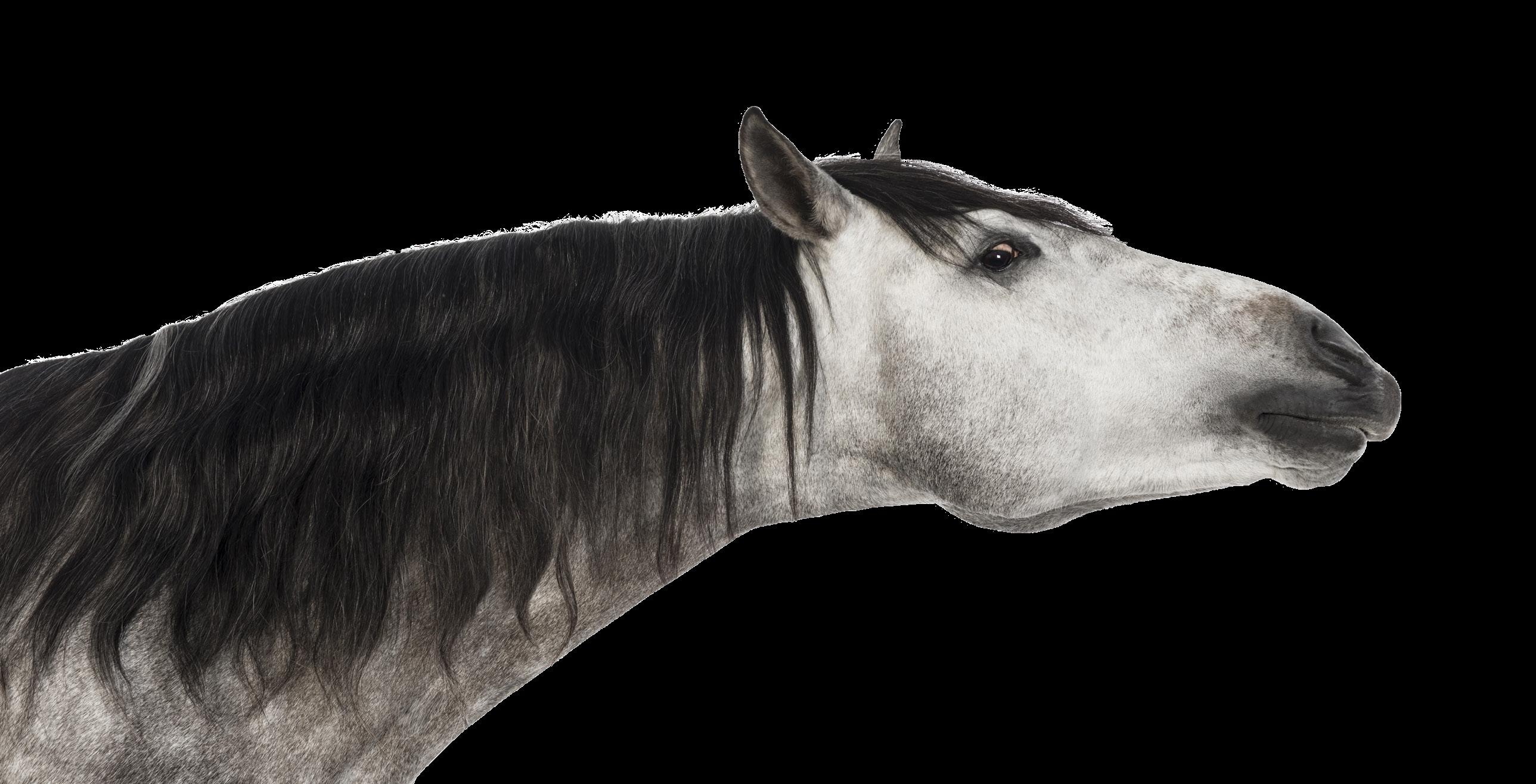
Pony of the month 1 Polework: The Triangle 5 Did you know? 6 Polework: The Interlocking S 7 Your first dressage show 9 Horse and Pony Breeds: 14. The Paso Fino 13 Products we love 17 Q&A 18 Puzzle fun 19 Next issue 25
We take pride in our quality, personalised friendly service and uniqueness. No order is too big or too small. Embroidery is offered on all items. Let us design your yard’s numnahs, shirts, daysheets and ears


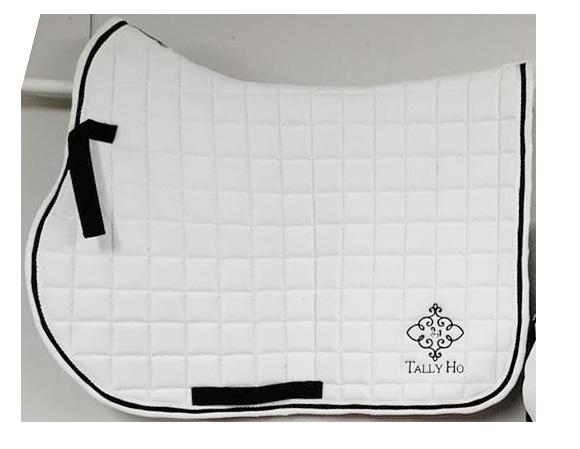

Whether it's for shows or daywear this is the place to buy your goods. We have stunning prints, colours, shapes and designs to choose from.




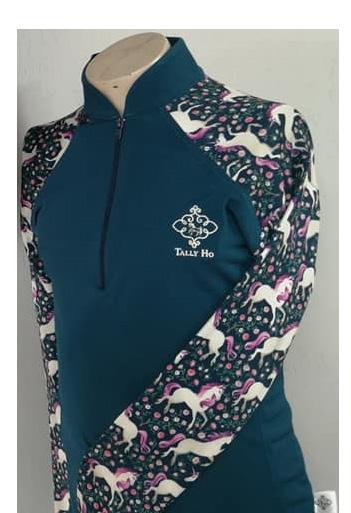


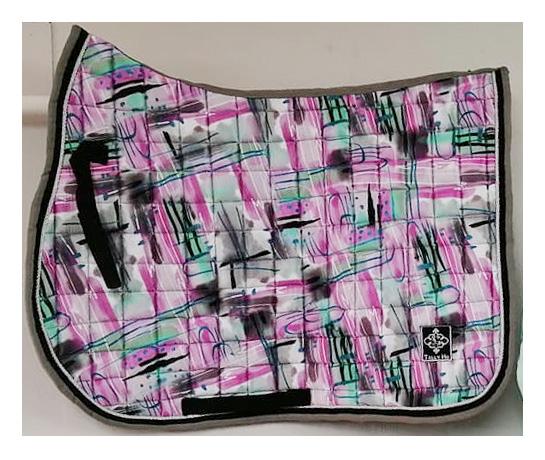


083 357 3799 mcleankeesha@yahoo.ie
Pony of the month

EQUIFOX LUCY LINDEN
Text | Georgia Harley
1
Bred by Glenfox Stud, this strawberry-roan, 11-year-old Warmblood x Welsh pony is owned and ridden by the young rider Francesca Logan. Despite their focus being on showjumping, this pair also compete very successfully in open-level equitation and showing. They are true all-rounders.
Personality
Like many mares, Lucy likes things done her way! She is spirited and can be a little feisty at shows, but Francesca has learnt to navigate this mare’s temperament by forming a powerful bond through investing time in their partnership. The combination has grown in confidence over the past year and a half, and the benefits of their close relationship are sure to be even greater in the future.
Achievements
This very competitive duo has built quite a resume in the past year and a half. The accolades started coming in after just three months together. At the 2020 South African Championships, they walked away with a third, and in 2021 their showing hats were shining as Lucy was Pony of the Year at Horse of the Year and the Overall Show Pony at Easter Festival. Then in the discipline Francesca loves most, they started in the 70/80cm classes and are now competing in the 1.10/1.15m. In fact, Francesca and Lucy will shortly be doing their first 1.20m class together! It will be very exciting to see what this team will achieve in the future.

2
She is a character and a half.
Breeding
Lucy Linden is named after her father, Lindenberg. Lindenberg was the son of one of the most important sons of Landgraf, Landadel. Interestingly, Landadel was rejected by the Holstein Commission, as they failed to anticipate his success as a breeding stallion. Unfortunately for Holstein, Landadel went on to produce not only top showjumpers, as was evident with Lindenberg, but also top-level dressage horses.
Lindenberg was ridden and owned by Gail Foxcroft, and they were a force to be reckoned with in the showjumping ring. Lindenburg either won or placed at every Derby he competed in. He was the SA Outdoor Grand Prix winner in both 2000 and 2001. Lindenberg’s achievements were not down to luck, with his full sister, Lady Weingard, having been part of the winning team at a European Championship under Marcus Beerbaum. Genetics really are powerful when it comes to performance!
Lucy’s dam is none other than Waterside Magic Nile, a spunky strawberry roan pony owned by Gail Foxcroft. The ‘Nile’ line has been incredibly influential in successful South African pony breeding, and Magic was no exception to this rule, jumping CA with Michelle Ross, her previous owner.
Final thoughts
Exceptionally-bred ponies like Lucy are a real gift to our sport. Having talented youngsters like Francesca pilot top-quality ponies around the arena inevitably sets our young riders up for success in the future. We feel confident that there are big things to come from Francesca and Lucy!

3
She is one of the most special ponies around!

4
Polework exercise
THE TRIANGLE

















This exercise is useful for practising general straightness, especially for those needing to enter down the centre line!
SET-UP
You will need nine poles laid out, as shown in the diagram. You should place the poles one canter stride apart.



Riding the exercise
• You can ride this exercise in a walk, trot or canter.
• You can either ride straight through the triangle as shown or enter straight and curve left or right over the next set of poles. Vary the way you ride the exercise to get the maximum benefit from it.



• Whichever way you ride the exercise, it is important that you make sure to hit the centre of each pole and the tip of the triangle points.






5
DID YOU KNOW?
Male horses have more teeth than female horses.

6
Polework exercise
THE INTERLOCKING S
The ‘Interlocking S’ is a great exercise to help you and your pony to work on suppleness and straightness. It will also show if you and your pony are really listening to each other, as you need to communicate very clearly to get this right.
SET-UP
• You will need six poles set up as shown in the diagram.
Riding the exercise
• Ride this exercise in walk or trot, and if you are feeling very advanced, you can even try riding a couple of the lines in canter. NOTE: Only go into a higher gait once your pony has mastered the exercise in the lower gait.
• Vary the lines you ride, as shown in the diagram, to keep your pony thinking and listening to your instructions.
• Make sure that your pony is really bending through their body in the exercise. This is hard work so take it slow, to begin with. Tell-tale signs that your horse is not using their body properly include swinging of the head and neck or falling out through the shoulder on the turns.
7


Your first dressage show
Here’s everything you need to know before you trot down the centre line for the first time.
First up, you need to choose a dressage test. You need to think about what you are riding at home and in your lessons. Are you happy to canter in your test, or would a walk and trot test be a better option? Speak to your instructor, and they should be able to help you make the best decision for you and your pony.

You’re allowed to have your test called out for you on the day, which is superhelpful, particularly if you’re feeling a little nervous. However, it’s still important to learn and practise all the movements so that you can ride the test from memory if necessary. This just gives you an extra bit of confidence going into your first test.
Over-preparedness is a real thing
Believe it or not, it is possible to over-prepare for your first dressage test. You should ride through your whole test a couple of times before the show, maybe in a lesson with your instructor, but after this, just practise the bits that need the most work. This is to avoid your pony starting to anticipate what is coming next or switching off on show day, as he knows the routine. If you are worried about forgetting the test if you don’t ride it enough, simply walk it on foot yourself or draw it out a few times on paper.
9
Kit list
• A dressage legal bit – There are rules about the kind of bit you can use in dressage. Make sure your bit is dressage legal before going to the show.

• White dressage square
• Long whip
• Gloves
• Show jacket
• Stain remover
On the day
One of the fantastic things about dressage is that you are given a specific time for your test. This makes it easy to work out what time you’ll need to arrive to get ready and warm up adequately. In the warm-up, practise bits of your test if you feel you need to, but otherwise, just make sure your pony is nice and loose before going into the test.
The test
Once the steward tells you to go in, you enter the arena or designated area. You then ride around the outside of the arena in a walk, trot or canter (according to your preference). You will be told when to enter the dressage arena by a buzzer or bell. Try and enter on your pony’s best rein so that you ride down the centre line as straight as possible.
Our best tip with dressage is not to be afraid of mistakes. You will make them! The most important thing is that you don’t dwell on mistakes or mess up the rest of your test because of a mistake you made early on. Keep going – the previous movement is over, and you are now being scored on the new movement.
10
Scores
In dressage, every movement gets a mark out of ten, and some movements like the free walk get two times the marks awarded – so the score you get for that particular movement is doubled. The judge will sometimes note down why you got the mark you did, and this information is invaluable for your future schooling sessions.
At the end of the score sheet, you will also receive marks for how you and your pony performed overall; these are called collective marks. They are also out of 10, and you receive them for the following (dependent on the type of test):
• Paces – A regular rhythm will boost your marks
• Impulsion – This is about your pony moving forwards off the leg and feeling energetic without being too speedy, which means he’ll be powering himself along from his back legs.
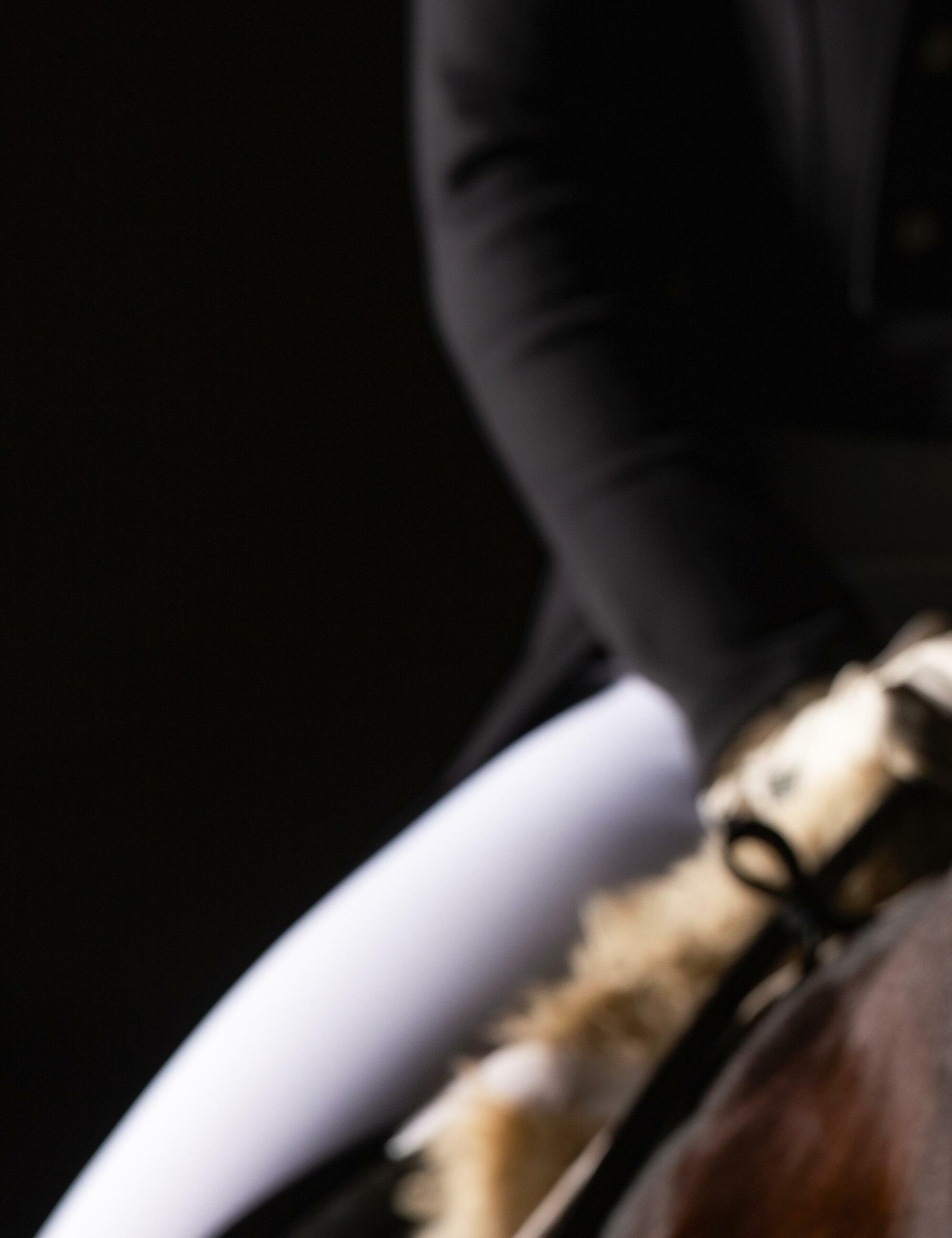
• Submission – The judge will be looking for your pony to be relaxed, moving freely and listening to you.
• Position and seat – Your position will be marked here.
• Effectiveness of the aids – This mark is given for how your pony responds when you ask for them to move forwards, slow down, turn etc.
Finally, there is a comment box where the judge will write general observations about you and your pony. The notes written here can be really valuable for improving your performance next time around, so make sure you read them carefully!
11

12
14. The Paso Fino
The Paso Fino is a naturally gaited light horse breed developed from Spanish ancestors. It is known for its presence, smooth-riding gaits and striking appearance.
Paso Finos are prized for their smooth, natural, four-beat ambling gait. They are used for many disciplines, including endurance, but are especially popular for trail riding due to their comfortable paces. For similar reasons, they are also popular mounts for people with back injuries as with them being so comfortable, you can ride all day!

13
History
The Paso Fino’s history goes back over 500 years. Christopher Columbus brought mares and stallions to the Dominican Republic during his explorations. These horses included Barb, Spanish, Jennet and Andalusian bloodlines, and the conquistadors rode them as they explored Latin America.
Over time these horses bred and produced new generations with impressive endurance abilities. These horses were elegant and had a smooth-riding comfortable gait. The offspring of these horses became the Paso Fino breed. Landowners in Puerto Rico and Columbia rode the horses on their plantations because they were so comfortable.
During World War II, American soldiers arriving in the Dominican Republic discovered the Paso Fino breed and its smooth gait. At the end of the war, soldiers bought Paso Finos and shipped them to North America. Since then, selective breeding has helped the modern Paso Fino to stay hardy with high endurance and versatility.

Characteristics
The Paso Fino tends to be refined in features but is a compact, strong and athletic horse. The horses stand at an average height of 13 to 15.2 hands (132 to 157cm), but they are very powerful for their size. Paso Finos don’t tend to reach their full height until five years of age. They have convex heads, clean legs and short backs. The cannon bones are pretty short, and the hooves are hard. The Paso Fino often also has a thick mane and tail, which tend to be long and flowing. The breed comes in all colours!
14
Character
The Paso Fino is a lively horse with a natural will to work. Paso Finos are known to have good temperaments and make great equine partners.
The gait
As noted above, one of the Paso Fino’s unique traits is his four-beat gait. This gait is natural to the Paso Fino breed, and the horses can perform it from birth!

The gait is incredibly smooth for the rider since the horse keeps a foot on the ground at all times. Unlike the trot, which creates a lot of up and down motion, the Paso Fino’s shoulders only move slightly up and down, allowing the horse’s back to absorb most of the movement. The result is a rhythmic gait that riders can sit for long distances.
Paso Finos perform this gait at three speeds:
• Classic Fino: This is a collected gait where the horse steps quickly but looks like he is almost dancing on the spot.
• Paso Corto: This is a medium gait with the speed of a trot and is ideal for covering long distances.
• Paso Largo: This is the fastest gait, and the horse can cover a lot of ground very quickly.
15
Final thoughts
We don’t know of any Paso Finos in South Africa, but we would love to find one! If you know of anyone with one of these special horses, please get in touch with our Editor, Lizzie, at lizzie@hqmagazine.co.za

16
Ariat Youth Sunstoppers
You’ll look cool, feel cool and be comfortable in the Ariat Sunstopper!
The very popular Sunstopper Baselayer Shirt from Ariat is available for young riders in classic and fun coloured patterns, offering great comfort and superior sun protection on riding and stable days.
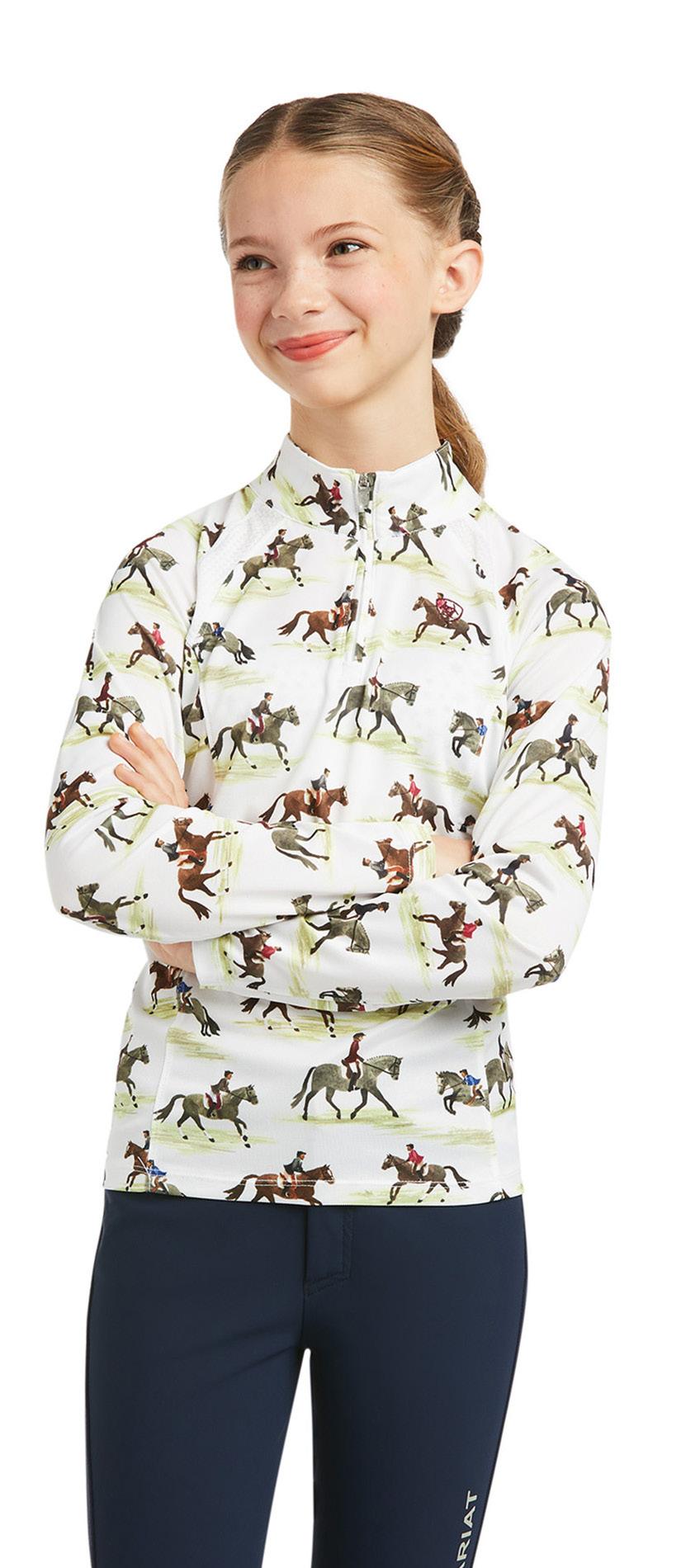
Key features:
• Raglan-cut sleeve for an extra comfy fit
• Breathable mesh panels and special technologies keep you cool
• Moisture Movement Technology™ helps to keep you dry

• The Sun Protection Fabric™ with UPF rating of 45 protects you outside and is anti-bacterial
• The tall collar keeps your neck protected from the sun
Find the Ariat Youth Collection at select Western Shoppe branches or online at www.westernshoppe.com.
PRODUCTS
17
WE LOVE
Q: What are the signs that I need to call a dentist for my pony?
A:Ideally, your pony’s teeth should be checked by a professional dentist at least once a year and, better yet, every six months. In between these appointments, the following signs suggest that you should call the dentist earlier than your next scheduled appointment:
• Quidding: Quidding is when your pony spits out balls of hay he has already chewed. A pony that quids is not swallowing his food properly. This can cause the pony to lose condition as his nutritional needs are not being met.
• Weight loss: If your pony is struggling to chew, he cannot get all of the nutrients he needs from his fibrous foods like grass and hay. This can make him lose weight and also makes him prone to choke and impaction colic.
• Slow eating: If your pony has broken teeth, infected gums, sore cheeks or any other pain in the mouth caused by dental problems, he may chew his food very slowly.

• Spilling food: A pony that newly starts to spill his food on the ground may be having difficulty holding it in his mouth.
• Bad smell: If a bad smell comes from your pony’s mouth or nose, he might have an infection in the mouth.
• Drooling: Drooling can be a sign of many problems, including problems with the teeth.
• Sinus discharge: A small trickle of clear fluid is normal from your pony’s nose, but a running nose with thicker liquid can be a sign of a sinus or dental infection.
• Dehydration: Ponies with bad teeth may avoid drinking cold water as it creates pain. This lack of water can lead to choke and impaction colic.
• Head tossing: There are many reasons why your pony may toss their head, but one of them is tooth pain.
• Head shyness: If your pony is head shy and does not want you to touch or groom his face, then it could be that he has a painful tooth.
• Playing with his bit: A pony that fusses with the bit may be reacting to pain caused by the bit itself, but in some cases, the problem is actually a tooth problem that makes holding onto the bit sore.
• Spooking: Tooth pain can cause ponies to become spooky and bolt.
18
19
CAN YOU SPOT THE 10 DIFFERENCES? CAN YOU SPOT THE 10 DIFFERENCES?
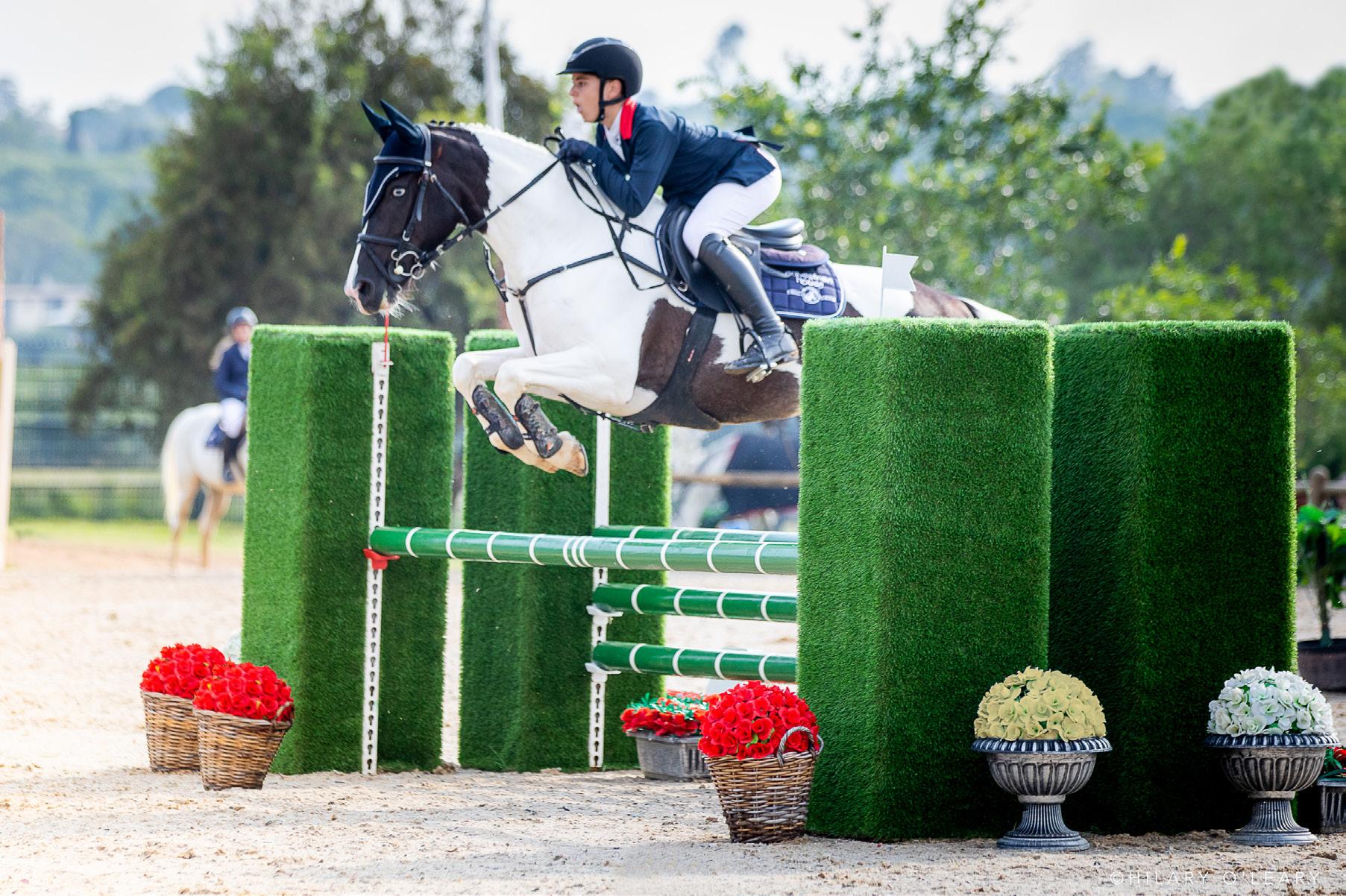

20
CAN YOU SOLVE THE WORD SEARCH? CAN YOU SOLVE THE WORD SEARCH?

21
CAN YOU SOLVE THE MAZE? CAN YOU SOLVE THE MAZE? 30 x 30 'l' shaped maze
Copyright © 2022 Printable Creative - https://printablecreative.com | For personal use only. START FINISH 22
21
20
23
11
7
9 2 3 4 5 13 14 19

6 12
CAN YOU MATCH THE NUMBER WITH THE BODY PART? 10 22 15 16 17 18
EARS | NECK | RIBS | HOCK | THROAT | JAW | BACK | KNEE | EYE | WITHERS | GIRTH | ELBOW | PASTERN | FORELOCK | CROUP | HOOF | NOSTRIL | SHOULDER | CHEST | MUZZLE | HIP | MANE | TAIL | CHESTNUT
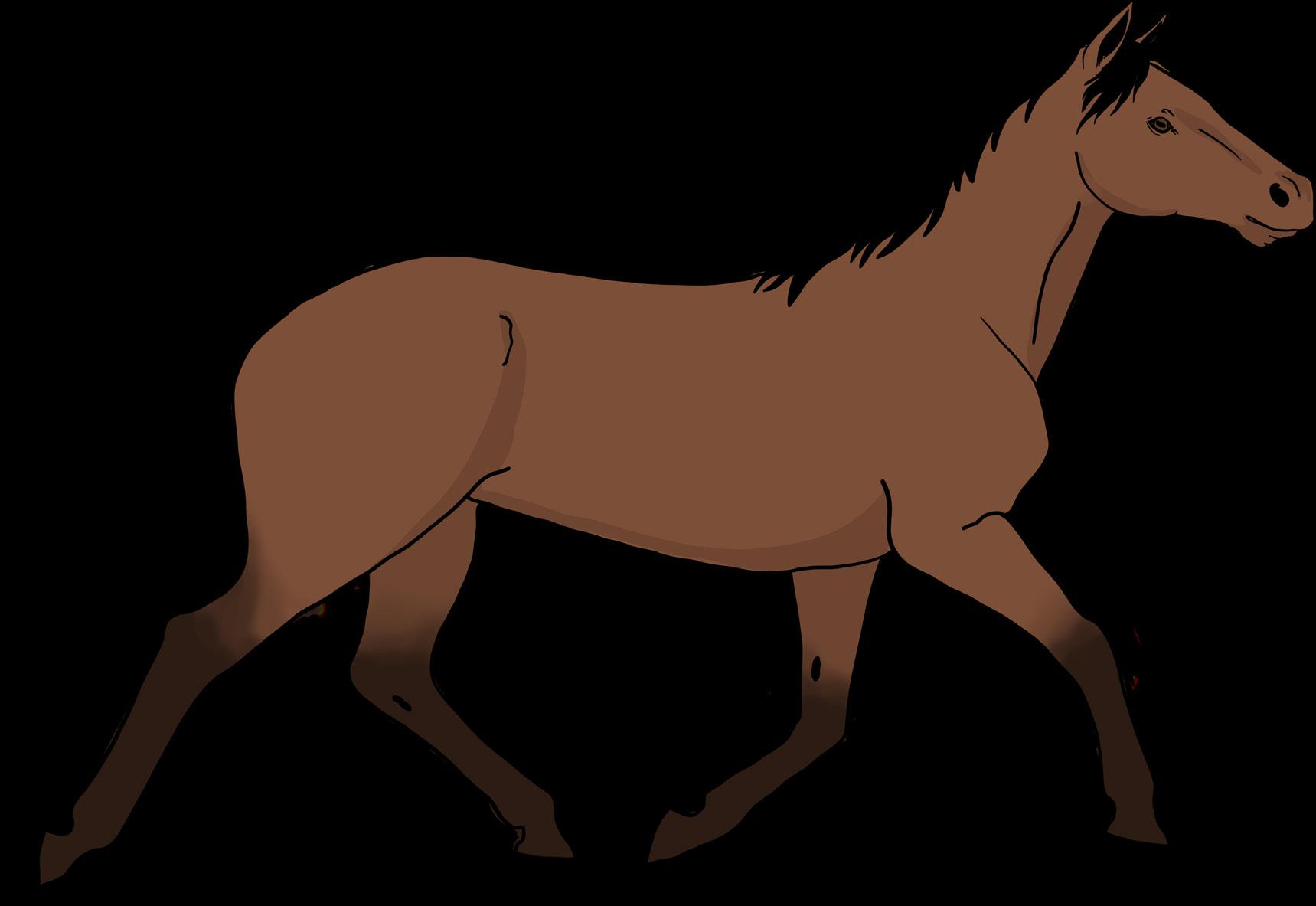
CAN YOU MATCH THE NUMBER WITH THE BODY PART? 1 8 23 24
CAN YOU MATCH THE TOOL WITH THE BODY PART? B F
C G
2 3 4 5 6 7 24
D
CAN YOU MATCH THE TOOL WITH THE BODY PART? 1 A E
OUR NEXT EDITION OF HQ PONY
MAGAZINE
AVAILABLE ON 1 SEPTEMBER. SEE YOU THEN!
25







































































